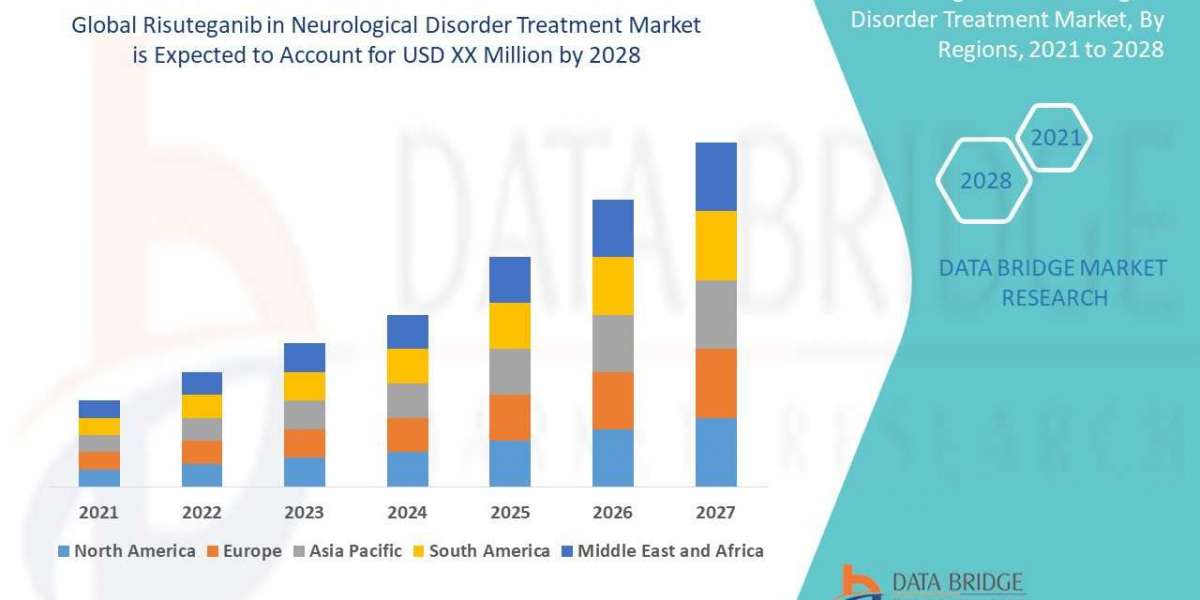Monoamine Oxidase Type-B (MAO-B) inhibitors are a pivotal class of drugs primarily used to manage neurodegenerative disorders, including Parkinson’s disease and, to a lesser extent, Alzheimer’s disease. These inhibitors act on the MAO-B enzyme, responsible for breaking down dopamine and other monoamines in the brain. By blocking this enzyme, MAO-B inhibitors increase dopamine levels, enhancing motor function and alleviating disease symptoms. The MAO-B Inhibitors Market has seen consistent growth over the past decade, driven by the rising prevalence of Parkinson’s disease, aging populations, and expanding research in neuroprotective therapies.
Mechanism of Action and Pharmacological Significance
Monoamine oxidases exist in two forms, MAO-A and MAO-B, both flavin-containing enzymes located in the outer mitochondrial membrane. MAO-A primarily metabolizes serotonin and norepinephrine, while MAO-B preferentially targets dopamine and phenylethylamine. Selective inhibition of MAO-B preserves dopamine without substantially affecting serotonin or norepinephrine, minimizing hypertensive risks linked to non-selective MAO inhibitors. This specificity makes MAO-B inhibitors particularly valuable in Parkinson’s disease, where sustaining dopamine levels is critical for symptom management.
Key Drugs and Therapeutic Role
Prominent MAO-B Inhibitors Drugs include selegiline, rasagiline, and safinamide. Selegiline, the first approved drug in this class, is widely used as monotherapy in early Parkinson’s or as an adjunct to levodopa in advanced stages. Rasagiline, a more selective inhibitor, allows once-daily dosing and presents fewer drug interactions. Safinamide, a newer generation inhibitor, offers both dopaminergic and non-dopaminergic benefits through glutamate modulation. Together, these agents enhance patients’ quality of life by reducing motor fluctuations and prolonging levodopa efficacy.
Research and Expanding Therapeutic Applications
Beyond Parkinson’s disease, MAO-B inhibitors are being explored for other neurodegenerative and neuropsychiatric disorders. Oxidative stress and mitochondrial dysfunction in Alzheimer’s disease, depression, and ALS have prompted studies on MAO-B inhibition as a neuroprotective approach. Ongoing MAO-B Inhibitors Clinical Trials are evaluating extended-release formulations, transdermal systems, and combination therapies to improve compliance and reduce side effects. Researchers are also investigating synergistic effects with NMDA antagonists and antioxidants, as well as the potential of MAO-B inhibitors to modulate neuroinflammation and microglial activation, which could slow disease progression.
Industry Players and Drug Development
Several MAO-B Inhibitors Companies, including Teva Pharmaceuticals, AbbVie, Zambon, and Mylan, are actively developing innovative inhibitors and expanding indications. Teva’s rasagiline (Azilect) and Zambon’s safinamide (Xadago) are among the most successful commercial MAO-B inhibitors. Ongoing innovation aims to overcome limitations of first-generation drugs, such as neurotoxicity at high doses and variable metabolism. Research is progressing toward reversible inhibitors and multifunctional agents that combine MAO-B inhibition with other neuroprotective actions.
Market Trends and Growth Drivers
The global MAO-B Inhibitors Market Size has grown due to increasing Parkinson’s disease prevalence, better diagnostics, and wider acceptance of early interventions. Aging populations, rising clinician and patient awareness, and technological advances in drug formulation, including orally disintegrating tablets and transdermal patches, have boosted market demand. Prescription rates have increased with the integration of MAO-B inhibitors into multi-drug regimens. North America and Europe remain key markets, while Asia-Pacific shows rapid growth due to rising awareness and improved healthcare access.
Future Outlook and Market Forecast
The MAO-B Inhibitors Market Forecast indicates continued expansion over the next decade, with RD focusing on safer, more effective compounds. The pipeline includes drugs targeting both enzymatic and non-enzymatic pathways to provide comprehensive neuroprotection. Collaborations between academia and industry, alongside regulatory support, are facilitating market entry for novel therapies. Combining MAO-B inhibitors with disease-modifying agents and applying personalized medicine approaches may optimize treatment, reduce side effects, and enhance outcomes.
Conclusion
MAO-B inhibitors remain a cornerstone in Parkinson’s disease therapy and show promise for other neurological conditions. Their selective dopamine preservation offers substantial clinical benefits while minimizing systemic side effects. The ongoing evolution of MAO-B Inhibitors Clinical Trials and continued innovation by MAO-B Inhibitors Companies are set to reshape the neurodegenerative treatment landscape. With a growing MAO-B Inhibitors Market Size and positive MAO-B Inhibitors Market Forecast, next-generation MAO-B Inhibitors Drugs are expected to deliver enhanced efficacy and safety, reinforcing their role in neuroprotective medicine worldwide.
Latest Reports by DelveInsight:
Peripheral spa market | Polycystic kidney disease market | Post-transplant lymphoproliferative disorder market | Postpartum depression market | Ranibizumab biosimilar insights | Retinal neovascularization market | Sarcopenia market | Scoliosis market | Secondary progressive multiple sclerosis market | Shigella infections market | Sleep tech devices market | Spinocerebellar ataxia market | Spondylolisthesis market | Sporadic inclusion body myositis SIBM market | Surgical mask respirator market | Syphilis market | Systemic sclerosis-associated interstitial lung disease market | Tay-Sachs market | TCR therapy market | Thymidine kinase 2 deficiency market | Thyroid cancer market | Transient ischaemic attacks market | Transverse myelitis market | UK healthcare report | Urea cycle disorders market | Urinary retention market | Urothelial carcinoma market | Uterine fibroids market | VHL disease market | Vulvar cancer market | Wiskott-Aldrich syndrome market | Abdominal aortic aneurysm market | Acute myeloid leukemia market | ADHD market | Adult T-cell leukemia market | AL amyloidosis market | Alpha thalassemia market | Anastomosis device market | ANCA vasculitis market | Angiofibroma market | Anti-neutrophil cytoplasmic antibody-associated vasculitis market | Antibody drug conjugate market | Arthralgia market | Ascites market | Atherosclerosis market | Atrial flutter market | Attention deficit hyperactivity disorder market | Autosomal dominant polycystic kidney disease market | Avascular necrosis market | Axillary hyperhidrosis market | B cell lymphomas market
About DelveInsight
DelveInsight is a leading Business Consultant, and Market Research firm focused exclusively on life sciences. It supports Pharma companies by providing comprehensive end-to-end solutions to improve their performance. It also offers Healthcare Consulting Services, which benefits in market analysis to accelerate the business growth and overcome challenges with a practical approach.
Media Contact
Company Name: DelveInsight Business Research LLP
Contact Person: Abhishek kumar
Email: abhishek@delveinsight.com
City: Albany
State: New York
Country: United States
Website: https://www.delveinsight.com








